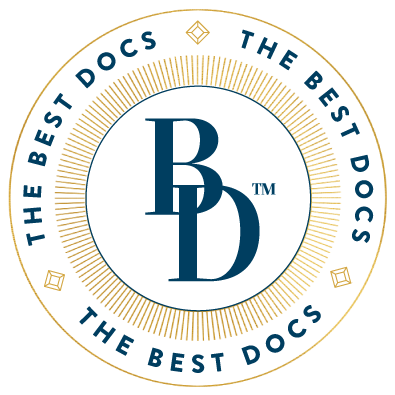Clear Benefits – Expert Eye Doctor Prefers Laser-Assisted Cataract Surgery
Despite the immense number of cataract surgeries performed each year—about 4 million in the United States alone—there is still confusion about laser-assisted cataract surgery and a lack of clarity around its benefits.
Knowing that millions of people will require cataract surgery in the future, we sat down with Dr. Sanford Moretsky—a board-certified ophthalmologist and co-owner of one of Arizona’s busiest cataract surgery centers—to gain a deeper understanding of the laser-assisted method, how it differs from traditional cataract surgery, and what makes it his preferred choice.
“The first thing I tell my patients is that manual cataract surgery—often referred to as traditional cataract surgery—is not the same as laser-assisted cataract surgery,” Dr. Moretsky explains. “Yes, the end result is the same—the cloudy eye lens is removed and replaced—but there are significant differences between the two approaches: differences that elevate laser-assisted surgery above the traditional manual method.”
First, an explanation of traditional cataract surgery.
Dr. Moretsky—who has performed tens of thousands of traditional cataract surgeries in his 35 years as an ophthalmologist—explains that this approach requires the doctor to hand guide all the surgical incisions in the eye. Next, the surgeon inserts a small ultrasonic probe into the eye to break up the cloudy lens, so it can be suctioned out. Once the cloudy lens is removed, the surgeon inserts the new lens into the eye.
Now consider laser-assisted cataract surgery.
Since bringing the new laser technology to his practice, Dr. Moretsky has performed thousands of laser-assisted cataract surgeries…and sees increasing interest among his new patients.
“It’s easy to understand why there is growing popularity with the laser-assisted approach when you consider the precision it allows for,” he explains.
“It’s easy to understand why there is growing popularity with the laser-assisted approach when you consider the precision it allows for,” he explains.
With the LenSx system—Dr. Moretsky’s preferred technology for laser-assisted surgery—many of the incisions on the eye are no longer made manually. In fact, the LenSx displays a high-resolution image of the eye allowing the surgeon to focus on the incision area with incredible precision. A surgeon-programmed laser beam is then used to make various incisions.
Further, even though all eyes share similar anatomy, each person’s eyes are unique…like a fingerprint. “With the computerized mapping of the latest technology, the surgeon can obtain high-resolution images of the impacted eye to identify these differences and remove guesswork from the procedure,” Dr. Moretsky explains. This creates a customized cataract surgery experience that isn’t feasible with traditional methods.
Another significant advantage of the laser-assisted approach is the laser’s ability to soften the central core of the cataract. By softening the core with the laser, the amount of ultrasonic energy needed is reduced. The benefit? Less potential damage to the intraocular structures.
The laser is also used to plan, locate, and perform precise incisions on the cornea to customize treatment of astigmatism during cataract surgery. “This is a huge benefit for many patients who want to reduce their dependence on glasses after the surgery,” Dr. Moretsky explains.
Is the laser-assisted approach right for you? Dr. Moretsky believes everyone can benefit from the laser-assisted approach but has a few criteria for the ideal candidates: they require vision improvement due to cataracts, are interested in reduced dependence on glasses after surgery, and would benefit from reduced surgical stress on the eye.



